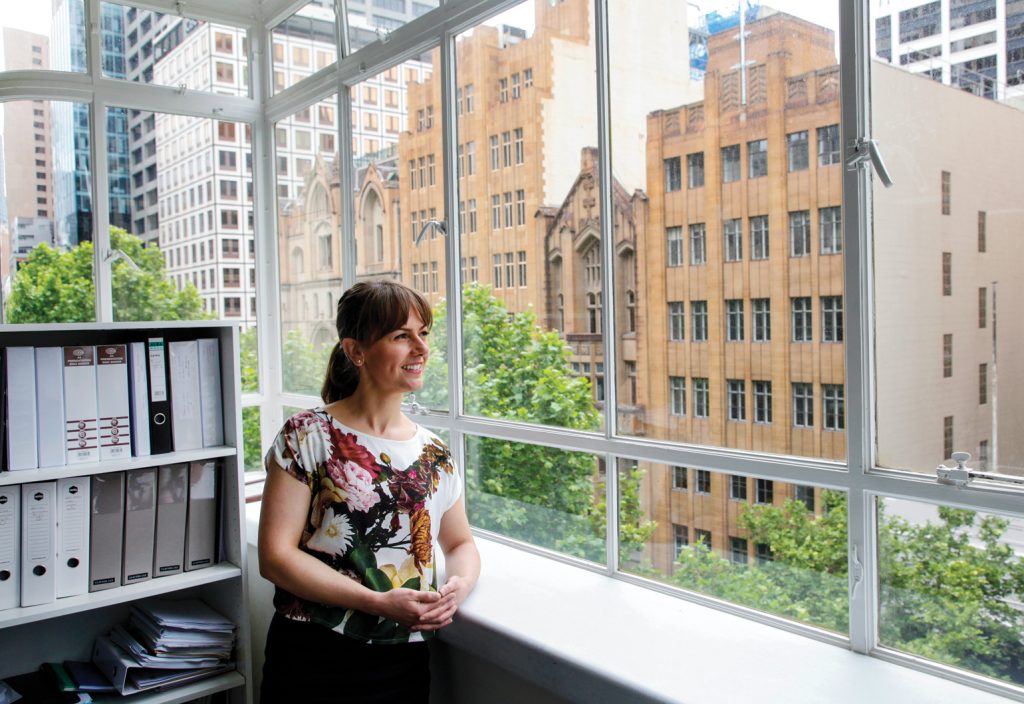What attracts people to a career in engineering? For Nicolette Cumbo, it was the lure of working on projects that make a difference.
People’s reasons for pursuing a career in engineering are many and varied. For HKA Senior Consultant Nicolette Cumbo, being able to make a positive contribution to society was the most attractive thing about a career in engineering.
“I was good at maths and science and really enjoyed them,” she said.
“My father is an electrical engineer. He recognised my ability and suggested I look at a career in engineering. I was always in awe of the idea of building a dam or building a massive bridge.
“I dug a little bit deeper, discovered there’s a profession called civil engineering, and thought, this fits the bill in terms of my desire and aspiration to contribute to society to make it a better place.”
Cumbo studied civil engineering at Swinburne University of Technology and in her final year, did a project on offshore oil rigs, which opened up her eyes to the ports and maritime sector, as one which used almost all of the disciplines within civil engineering. She started her professional career as a graduate maritime engineer with Maunsell (now AECOM), working on wharf remediation projects before moving into the structural design of wharves and jetties.
“This fits the bill in terms of my desire and aspiration to contribute to society to make it a better place.”
This began to evolve into project management roles which took her on to more senior roles with the Port of Melbourne Corporation and Sydney Ports Corporation.
“For me, it was an area where I could, at the outset of my career, explore all aspects of the engineering profession and find what I enjoy, develop some capability and competencies and channel my efforts that way,” Cumbo said.
The big picture
Pushed on what she found she enjoyed, she says she loves the front end of projects where she can bring her engineering technical capability to shape the project definition.
“I find thinking of the bigger picture quite rewarding,” she said.
“It’s thinking about government policy, stakeholder needs, community, industry, businesses and the like and integrating all of those factors and hopefully producing a holistic solution that can see benefits for all.”
This also tapped into her goal of making the world a better place. So she began steering her career more in that direction, a path which has since taken her to HKA.
“Our advisory work encompasses the transport infrastructure sector, water and utilities sectors, advising clients in terms of project definition, project development, and then project delivery,” she said.
“We also look at organisational transformation in terms of procurement, contract management approaches and also for major infrastructure programs, the special purpose vehicles for the organisation, that would deliver the major program. We establish and mobilise those organisations as Program Management Officers.”
She holds the Sydney Metro West project up as an example of the sort of job she loves.
“We’ve been involved with Sydney Metro since conception,” Cumbo said.
“There was Sydney Metro Northwest then Sydney Metro City and Southwest, now this is the third corridor that’s being planned. Our contribution is in terms of engaging with project stakeholders and industry, to draw in innovation and ideas and essentially help to inform and refine the project line definition.”
The project is nowhere near as advanced as the Northwest section, which is approaching completion for operation in 2019, nor City and Southwest, where tunnelling starts next year and which opens in 2024.
For Sydney Metro West, an initial concept has been announced to connect the Sydney and Parramatta CBDs, with stations proposed at the Bays Precinct in Rozelle and Sydney Olympic Park.
“The project team is undertaking further technical studies and will continue to engage with various stakeholders, including government agencies, local councils, the community and industry,” Cumbo said.
“I find thinking of the big picture quite rewarding.”
This is a skill set she developed on the job. The combination of technical knowledge and engagement experience make the job fulfilling.
“I feel I’ve been a good communicator and I am quite capable as an interface manager,” she says. “I like working across disciplines, across stakeholder groups, facilitating collaboration and drawing out and interpreting the input.”
Maintaining structure
Cumbo has also been actively involved in Engineers Australia since early in her career. Currently she is a board member of the Structural College.
“For me, it’s about ensuring technical excellence among the structural engineering profession, and also ensuring that excellence is sustained,” she says.
“It’s about adapting and evolving to different forms of communication, from how engineering business is conducted, to how engineers communicate and the tools that they use. It’s also how, as a fraternity, we engage, share lessons learnt and share knowledge.”
She says her employer supported her membership early and she recognised the professional development opportunities, such as reaching Chartered status. However, the motivation to maintain her membership has always been the opportunity to engage with industry bodies and other engineers.
“It allows me to be at the pulse of what the issues are that the profession is facing and whether there might be some systemic issues in that,” Cumbo said.
“There’s a role for EA as a representative body and through the college to help manage that.”
